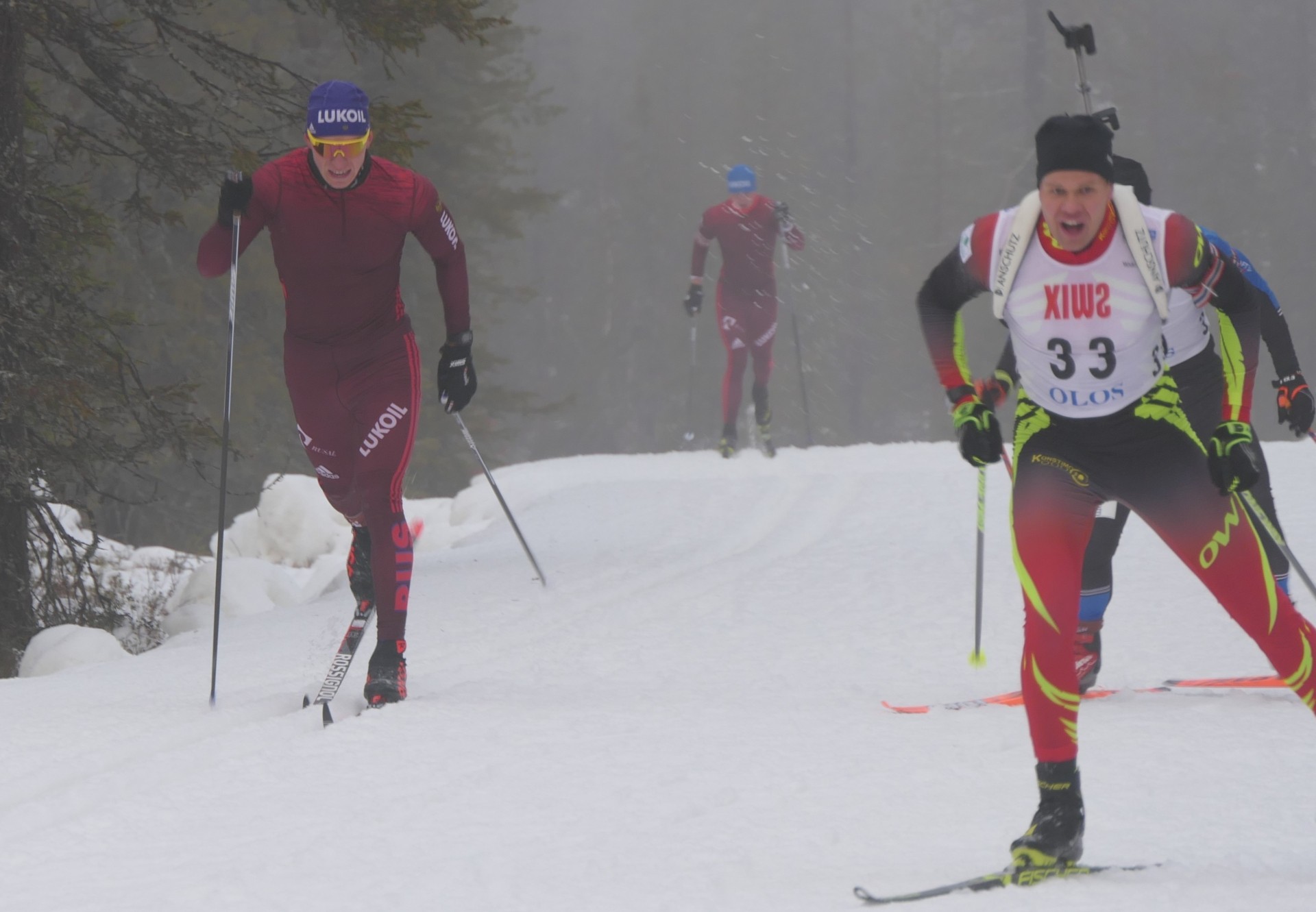
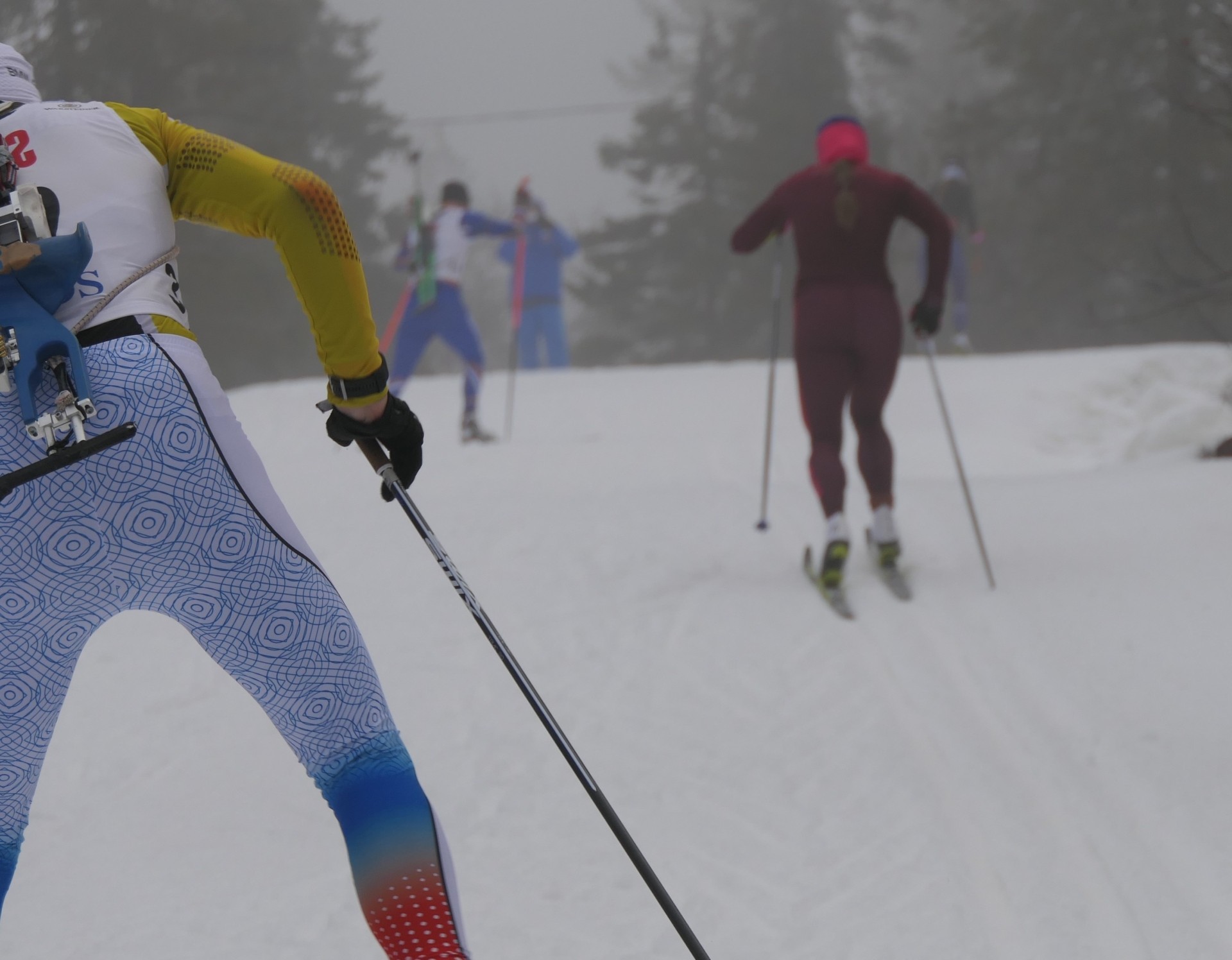 “Cross country ( skiing) is a B-sport, you know?
“Cross country ( skiing) is a B-sport, you know?
Thus spoke Wolfgang Pichler, quite possibly the world biathlon’s most famous coach of our days ( 2’15” in interview)
The German coach of the Swedish biathlon team then goes on talking about how Single Mixed Relay at the Biathlon World Champioship saw 29 nations – apparently, a record for countries’ participation in any winter sport, ever.
Pichler is wrong: a similar two-athlete event at Seefeld-2019, men’s Team Sprint, also had same 29 entrants ( yes, that including now-infamous Austrians) . Ladies had 19.
Yet Pichler is right – but a totally different way.
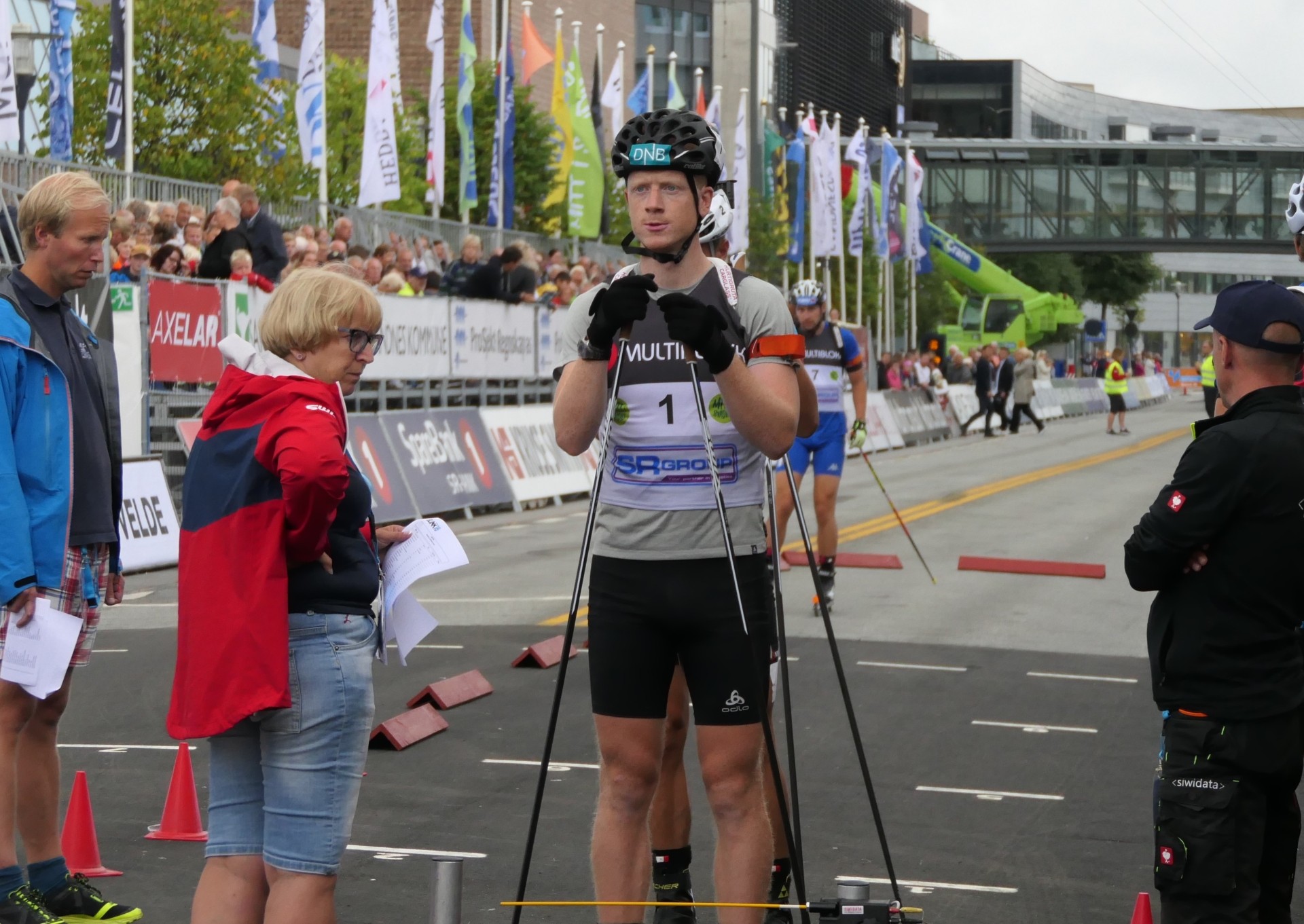
Biathlon prize money for last season was 7 000 000 €.
For each victory on the World Cup – 15 000 € . World Championship made the winner 25000 € richer
We shall never stop saying that the international sport these days is business, first and foremost. For it to work it has to be sound and reasonably redundant. Biathlon is.
This hardly made a headline last year – but it should have had.
“…The European Broadcasting Union (EBU) and the International Biathlon Union (IBU) have signed a partnership agreement which covers four further biathlon seasons, from 2018/19 until 2021/22 included, extending the current agreement which is due to expire in 2018. The new contract will extend a 23-year partnership dating back to 1993, when the IBU was founded”
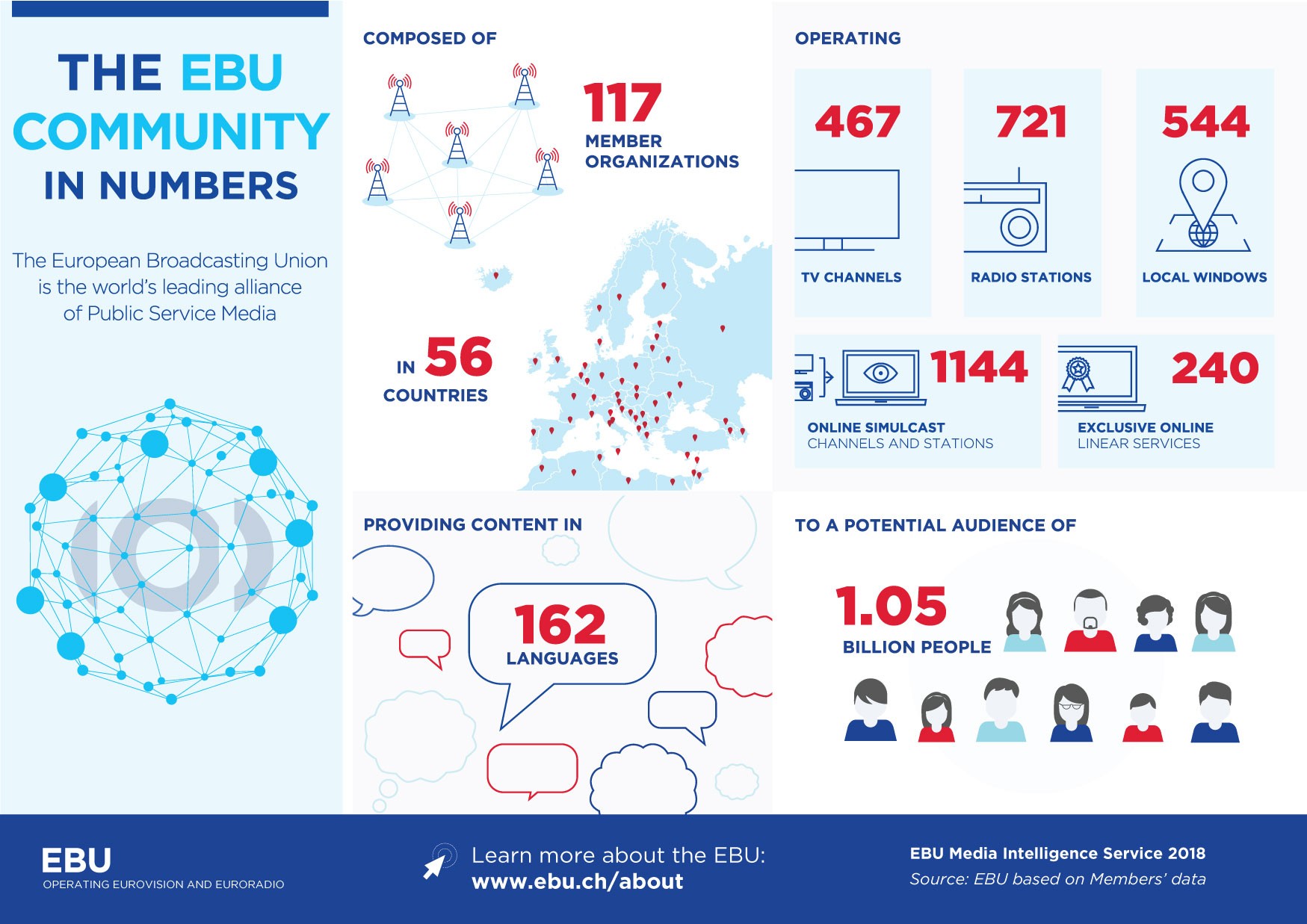
The European Broadcasting Union (EBU) is the world’s leading alliance of public service media with 117 member organizations in 56 countries
What’s the big deal? To put it bluntly, the EBU funds international biathlon to the tune of 15-20 million euros per year in exchange for TV rights. The IBU takes the money and pays a part of them to organize broadcasts fitting EBU’s conditions for videosignal of competition. EBU requirements are notoriously high and television production at that level is expensive, but there is enough money to go around.
The remaining chunk of cash the IBU is using to cover other competition expenses – like prize money to winners etc. EBU is not the only paying partner of international biathlon, but it is by far the most important one. Uptake? With IBU/EBU money covering heaviest expenses, the organizers of specific World Cup stages have it relatively easy – little gain ( most money are earned through selling TV rights – but that’s what EBU had already paid for) – but little risk either. All straightforward, planned, predictable – at least till 2021/22 when the current deal runs out. But with The Östersund 2019 IBU World Championships setting new viewership records ( “…133.55 million live hours viewed across the ten days of competition 4-17 March). This is a 6.5% increase on hours viewed in 2017 and 23.1% increase on 2016…”) there is very little doubt that the future of biathlon is bright.
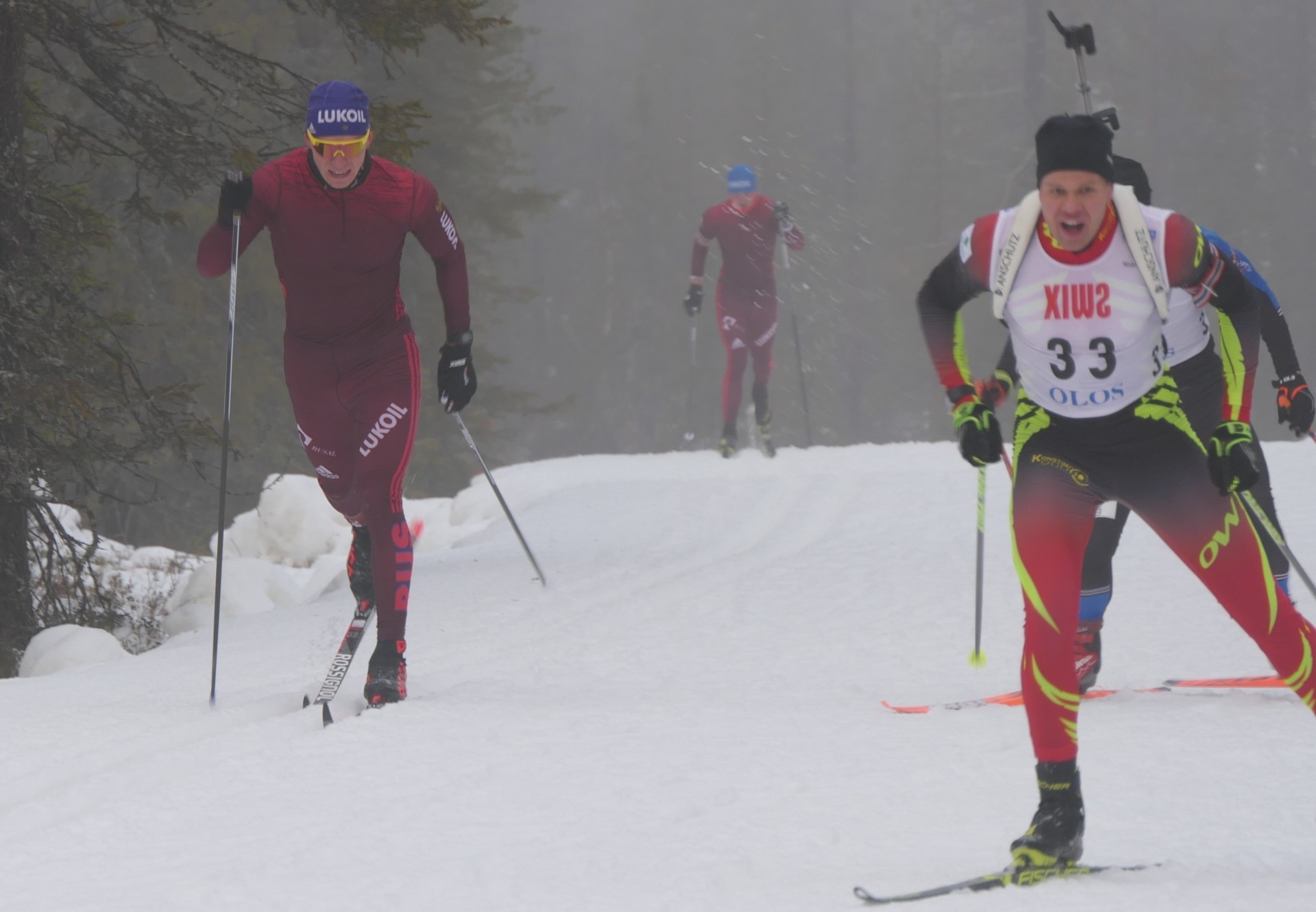
Now let’s look at the FIS relationship with TV broadcasters on one hand – and competition organizers on the other. One word: complicated.
The FIS operates under entirely different model. Risking being accused of oversimplification, we’d call a franchise. A prospective World Cup event organizer turns to the FIS asking to stage an event – and is given a list of conditions it has to meet. The most important one is, again, organizing & providing quality television signal. There is no firm requirement to sell via intermediary, but almost all event organizers do sell via Infront, Austria-based rights management & TV production company ( just to be clear – Infront does a lot of marketing with the IBU too )
The key difference with the EBU model is in a fact, that Infront does not pay upfront, so to speak – it’s organizers’ pain to have the whole thing first funded – then organized – then sold. For some it’s their daily bread – the people who run Dresden Weltcup stage, for instance, are television professionals themselves, so Dresden organizes its own TV production as a matter of course. Others, who lack that expertise, turn to the same Infront to both organize the production – and then to sell the rights to local European broadcasters – NRK, SVT, ARD/ZDF etc. Add that the event organizers are also responsible for lodging & feeding the Red Group of athletes, paying prize money etc – and you are looking at the budgets of anything from 1 to 3 million euros per event that organizing committee has to secure before going to the FIS. Hardly a pocket change.
All that leads to the following developments in cross country skiing
– Long distance races are frowned upon by the television – it’s not football, you can’t sell enough advertisement slots. For organizers this long distance races mean almost guaranteed loss – and who wants to have a loss? Therefore we currently have a grand total of one on the FIS World Cup – famed Holmenkollen. Same could be said about any interval start races – connoisseurs only, not enough televised drama.
– Expenses generally need to be kept to minimum. Shorter tracks, abundance of cheap-but-cheerful hotels rooms – and, above all, many times mentioned television production costs that depend on how far OB vans have to travel/what overtime technicians will be have to be paid. Not difficult to figure out that Drammen, Dresden and Montreal are ideal World Cup venues and Ruka and Cogne are the worst.
– Having thousands of cheering fans along the tracks, Holmenkollen style, is fun, but having stands filled up is far more important – those on stands pay for their tickets and provide number of eyeballs for advertizement purposes. Thus xcskiing will slowly but surely evolve into some sort of arena sport.
To sum it up: cutting down on expenses and fiddling with formats making them more visually friendly is the only way that would prove Herr Pichler wrong in his disdain for skiing.
However, perhaps even more importantly, FIS and all the advertizers have got to start doing something tangible when it comes to turning the stars of ski tracks into overall stars of social media. This short video gives a glimpse as to how
Related Posts
- Here Comes 4KAAD – Andreas Bennert Talks About His New Project
- IOC recommends ignoring testosterone levels in female athletes. It is relevant- xcskiers often have very high ones
- Sergey Ustiugov & Last Chance Saloon For Oberstdorf
- FIS World Cup Makes Comeback On Top Russian Sport TV Channel
- Gjerdalen Takes Over Long-distance Team, Two Maverick Skiers To Assist Him
